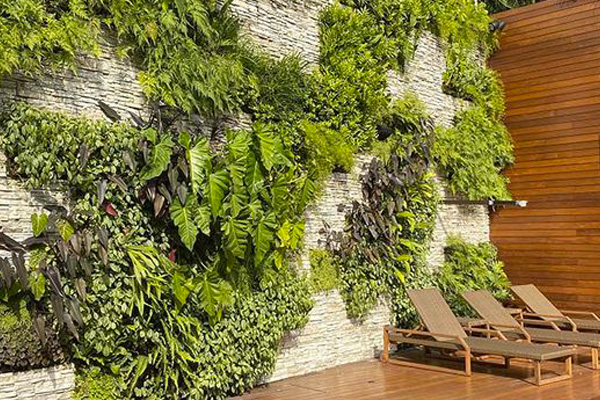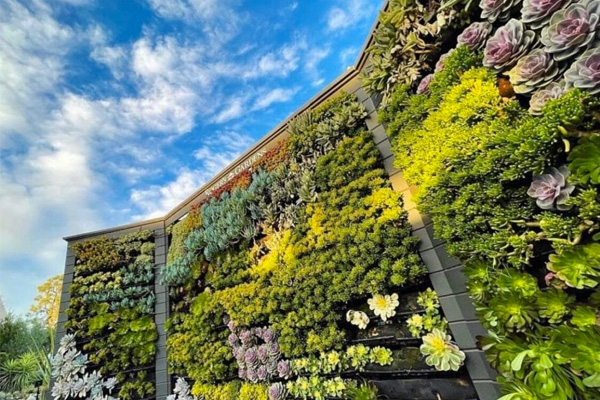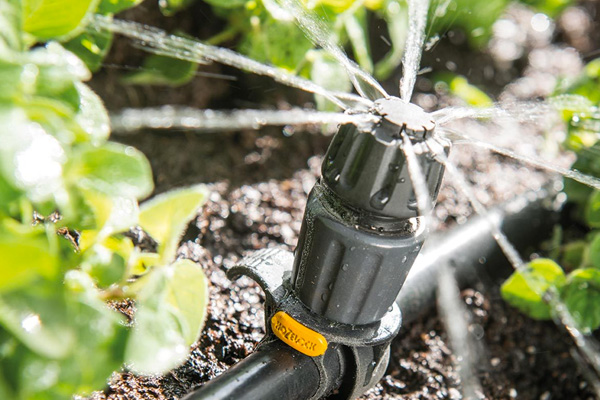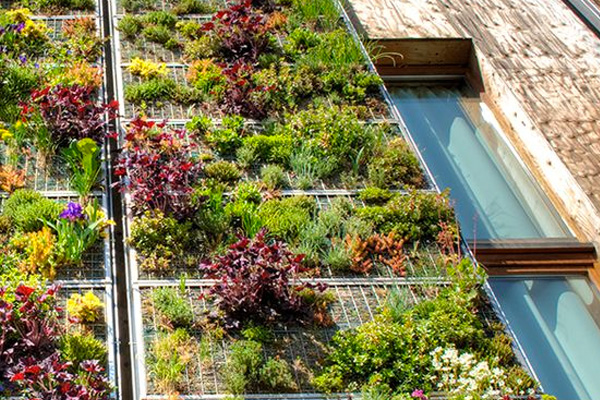
Gabion fences and walls are becoming an increasingly popular element in garden design and urban spaces. Their robust construction and aesthetic appearance offer many possibilities for creative use.
One of the most interesting options is integrating plants into gabion structures, creating green walls and vertical gardens.
In this article, we will look at ways to achieve this effective and beautiful design.
Green walls, created by integrating plants into gabion fences and walls, offer more than just an aesthetic benefit.
In addition to a beautiful appearance, they also provide environmental benefits such as improvement of air quality, sound absorption and protection against wind and sunlight.


When choosing plants for green walls it is important to consider the environmental conditions in which they will grow.
Suitable plant species include succulents, perennials, creepers and herbs which are drought tolerant and have low demands for maintenance.
For example: GREEN PLANTS, SUCULENTS, FERNS, FLOWERING PLANTS (Bloodwort, Blue Lobelka), HERBS (Basil, Mint, Rosemary), FRUITS AND VEGETABLES (strawberries, radish, salad)
Before installing plants, it is necessary to prepare gabion fences and walls.
This includes providing sufficient substrate for the plants and creating an irrigation system that allows them to grow healthy.


After preparing the structures, it's time to install the plants. Follow the step-by-step instructions below:
After installation, it is important to regularly inspect and maintain green walls. This includes plant pruning,fertilization and irrigation control.
Caring for green walls is key to their long-term attractiveness and healthy growth.

Are you considering buying gabions? Contact us, we will be happy to advise you on the choice.

08:00 – 16:00

08:00 – 16:00